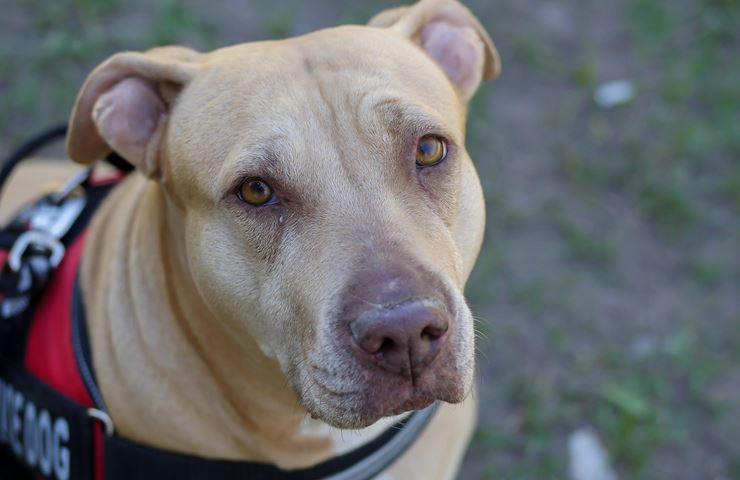
A Brief History of Service Dogs
Professionals train service dogs to help people with disabilities as they navigate their daily lives. Today, you'll see pups help with various tasks in grocery stores, restaurants, airplanes, and in shops, to name a few.
These talented canines can do everything from opening doors and retrieving items to guiding their owners safely around a city. Yet who first thought of training a pooch to do these things? Where did service dogs come from, and what does their history look like?
According to some experts, there's evidence dogs were domesticated around 15,000 years ago. Others argue, however, that DNA evidence suggests domestication occurred more than 30,000 years ago.
Regardless of when the bond formed, one thing is for certain — canines have been by our sides for thousands of years. Read on to learn more about the history of working dogs.
1863 — Civil War Therapy Dogs
During the Civil War, people would gift dogs and other animals to regiment leaders. They grew up among the soldiers, serving as mascots and morale boosters.
One of the most famous of these pooches was Sallie, a female brindle Staffordshire Bull Terrier who was gifted to first lieutenant William R. Terry. She followed his regiment throughout her life, even standing guard over the dead after the Battle of Oak Ridge. You can even visit a statue of her in Gettysburg.
1916 — First Guide Dog School Opens
The military pups that made history in the Civil War might have been the world's first therapy dogs. Yet they don't look anything like the service animals we know and love today. Dr. Gerhard Stalling of Oldenburg, Germany, developed that style of training.
In 1916, Stalling opened the world's first guide dog training school in his hometown, teaching more than 600 pups per year for World War I veterans and blind individuals. As the school's success grew, they opened new branches in Dresden, Hamburg, Hannover, Münster, and more.
Stalling's program shut down after ten years because keeping up with demand meant decreased training quality. However, he started a trend that has continued for decades — teaching dogs and other animals the skills needed to assist individuals with disabilities.
1975 — Canine Companions for Independence
After Stalling's program, trainers decided to help people with a variety of disabilities beyond blindness. Canine Companions for Independence opened their doors in 1975, providing both assistance and training instructions for people with 60 different types of disabilities. Today, their trainer-dog teams work around the world, able to detect epilepsy, low blood sugar, and much more.
1976 — Therapy Dogs International
Therapy dogs today visit hospitals and homes to raise morale and make patients feel better. However, until 1976, there was no training standard for these animals. Therapy Dogs International was the first official volunteer organization, starting with five German shepherds and one collie.
Today, you'll find all sorts of service animals, from golden retrievers to bunny rabbits. Tampa General Hospital even has a therapy unicorn that comes to visit young kids.
Service Dogs Today
In modern society, service animals fulfill all sorts of roles, from guiding the blind to helping individuals with physical disabilities. For those in wheelchairs, dogs can help them switch positions, unload laundry from the dryer and pay cashiers at stores. For people with physical limitations, canines can prevent a fall and help them regain balance.
The next time you see a working dog out in the world, think back to the beginning of the profession. They played a prominent role in World War I, helping soldiers during and after battle. Yet training has come a long way, allowing people with disabilities and struggles to navigate day-to-day life.
Bio:
Emily is a freelance wildlife conservation and pet blogger. To check out more of her work, see her blog, Conservation Folks, or follow her Twitter account @emilysfolk.










